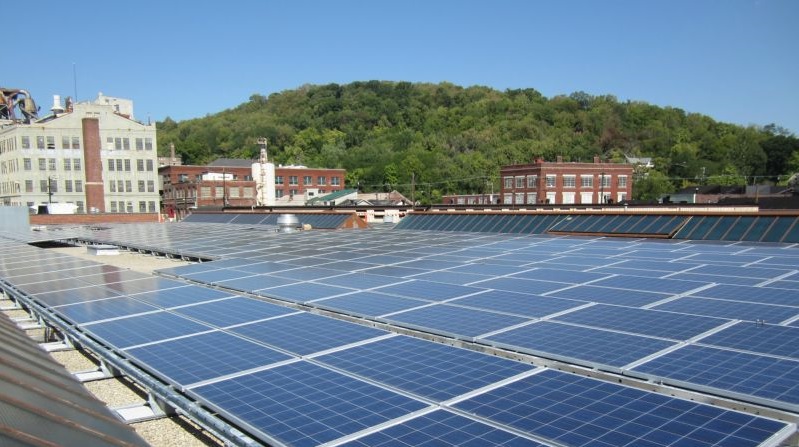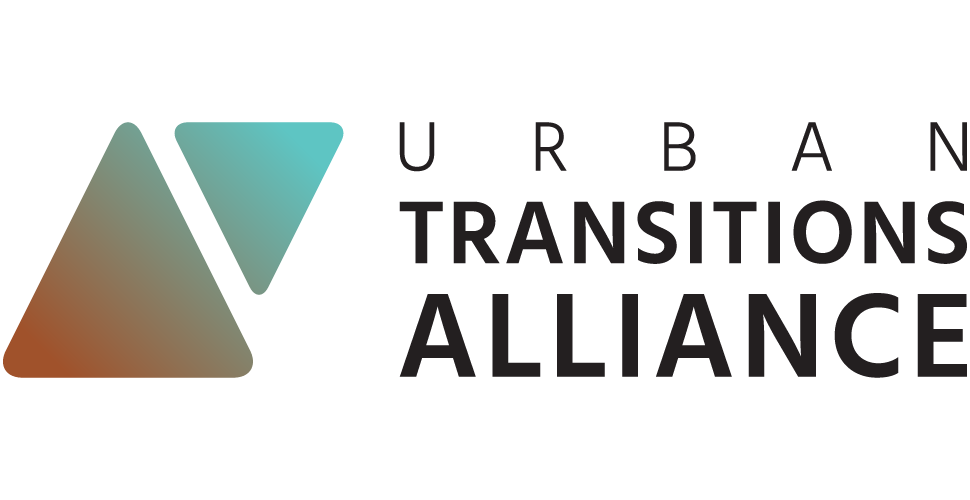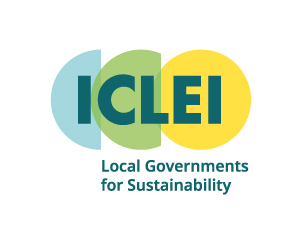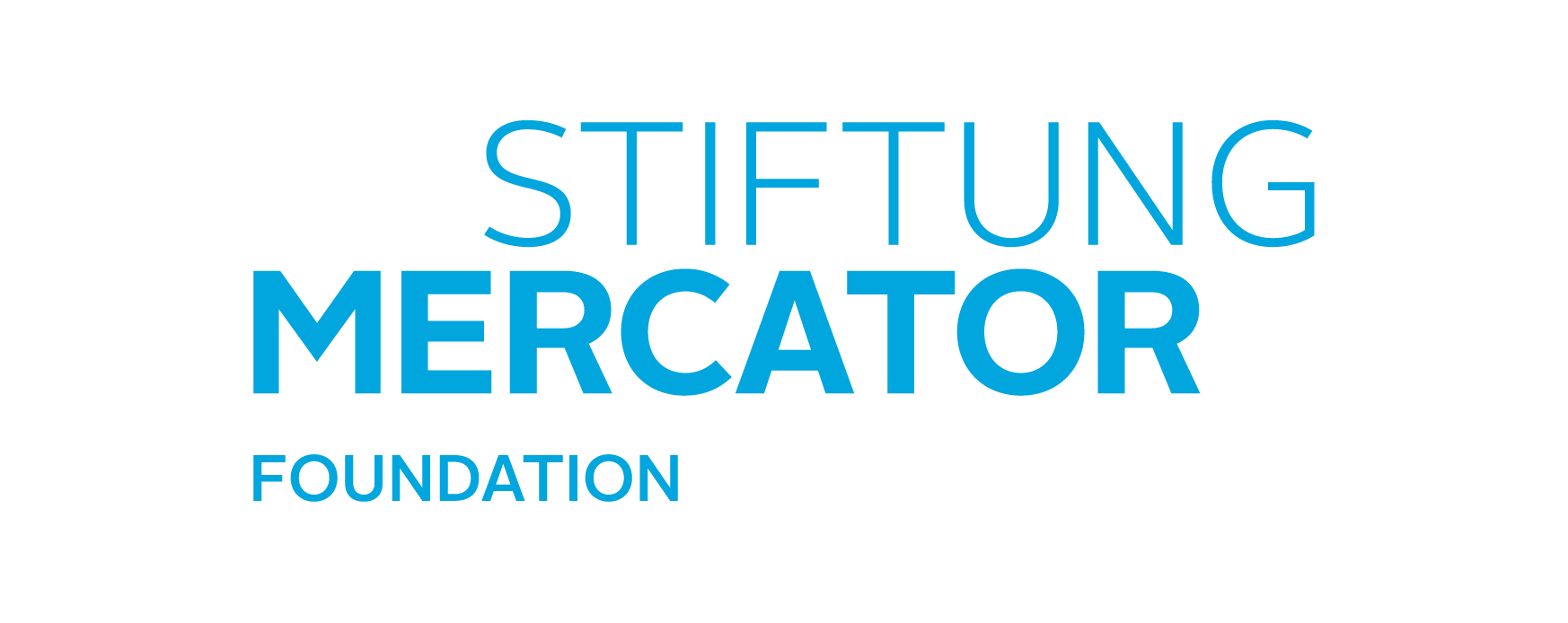Cincinnati
USA
Industrial Legacy
Founded in 1788 on the Ohio River, Cincinnati rapidly developed initially as a meatpacking center then diversifying into a soap and lotions hub before becoming a leading industrial city. The development of Cincinnati’s waterway, Mill Creek, led to a surge in commerce and industrialization coupled with rapid population growth and immigration. Key sectors including beer, iron and cloth production drove the city’s economy up until the 1950s when the population peaked at 555 000. Since then, Cincinnati’s industrial sectors declined due to the global relocation of manufacturing. This shift resulted in a population loss of almost 50% with many industrial era buildings being abandoned or demolished. In recent years the city has embraced a sustainable urban transition, experiencing modest growth with the population stabilizing at around 300 000 residents.
However, unsustainable production and waste management has had a lasting environmenal impact. In 1997 Mill Creek was named the most endangered urban river in America. Cincinnati also is confronted by considerable air quality challenges with high levels of particle pollution which has affected the urban populations disproportionately. The long term consequences include significant health concerns in certain neighborhoods such as rising asthma cases and discrepancies in life expectancy.
Climate change has also impacted the city which has experienced a rise in intensified storm events causing severe flood damage. The severity of the damage can be attributed to over-stressed and aging sewer infrastructure which would cost billions to replace. The city is also dependent on a car-centric transportation plan and lacks sufficient public transport infrastructure contributing to high levels of carbon emissions and congestion.
Despite recent progress, the city still has economic and equality barriers to overcome. While unemployment levels are at 4.3%, below the national average, the city is still one of the 15 poorest major cities in the US. Over 30% of the population continues to live below the poverty line. Economic opportunity in the city is also not equally spread across the city and is still divided along racial lines.
Transition Barriers
Moving forward, urban revitalization projects need to be aligned with community needs to accelerate equal access to urban services, affordable housing and economic opportunities.
The city faces significant stresses from flash floods and storm damages which are taking place more frequently due to climate change and creating costs that strain the city’s budget.
To develop a competitive green economy Cincinnati has emphasized the need to construct a training program and increase green job opportunities to retain newly skilled residents.
Sustainable Future
Cincinnati has kept its cultural heritage as a leading industrial city but its economy has shifted to new areas of growth including business management, health care, advanced manufacturing and services. Cincinnati still is home to large corporations including 8 “Fortune 500” companies. Its daily transition actions include making the city an attractive place for businesses and residents by increasing the diversity when awarding city contracts, helping to strengthen neighborhoods and providing pre-school facilities for all children.

Cincinnati has plans to be a leading city in the global energy transition. It has set a goal of being 100% powered by renewable energy by 2035 and launched a plan to build the largest municipal solar array (25 MW) in the United States, setting off with 1.8 MW by the end of 2017.
The city will also investigate opportunities in onsite renewable energy generation and promote residential solar investment.
The city has integrated technological solutions which have contributed to better sustainability management such as the city’s smart sewer system which includes sensors and inflatable dams to redirect storm flow during major rain events. The technology and data enable better storm flow management and mitigate the risk of flooding and environmental damage. Technology has also been integrated into the city’s built environment through the expansion of green certified buildings. Cincinnati’s District 3 Police Headquarters is the first net-zero police station nationwide and demonstrates how other public buildings can be built or retro-fitted in a sustainable manner.
The city is refining its vision of what the future holds as it drafts its Green Cincinnati Plan which aims to be a “playbook for a sustainable, equitable and resilient city”. The plan which is due to be completed in 2018 has benefited from substantial public input and will include a comprehensive set of recommendations. Its recommendations will not only address climate change and environmental challenges but also encompass broad policies for the city’s health, well-being and equity through a variety of sectors including transportation, energy, food, waste management, education, the built environment and natural systems. The plan has a core focus of reducing greenhouse gas emissions while also encouraging equal economic growth opportunities.


